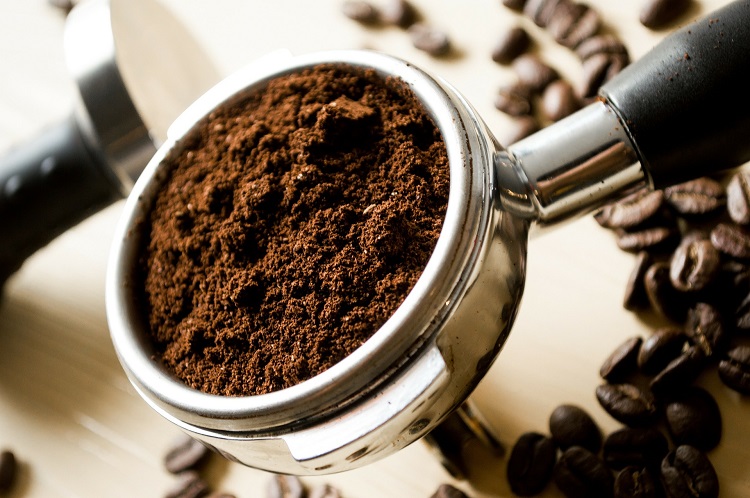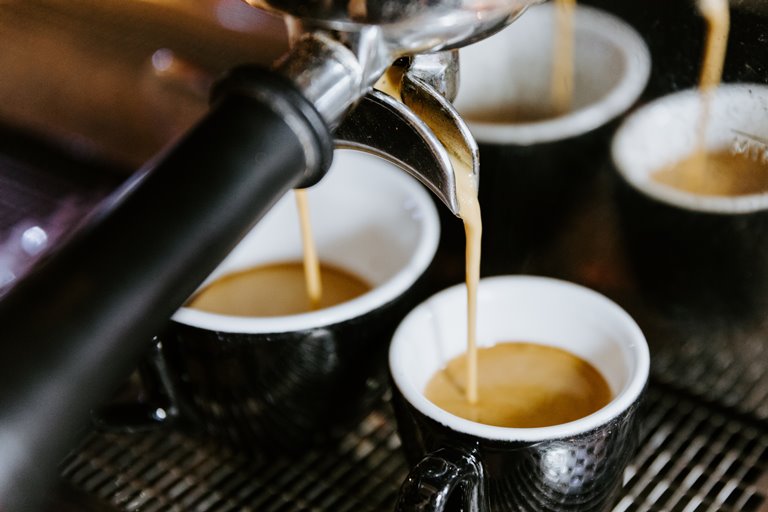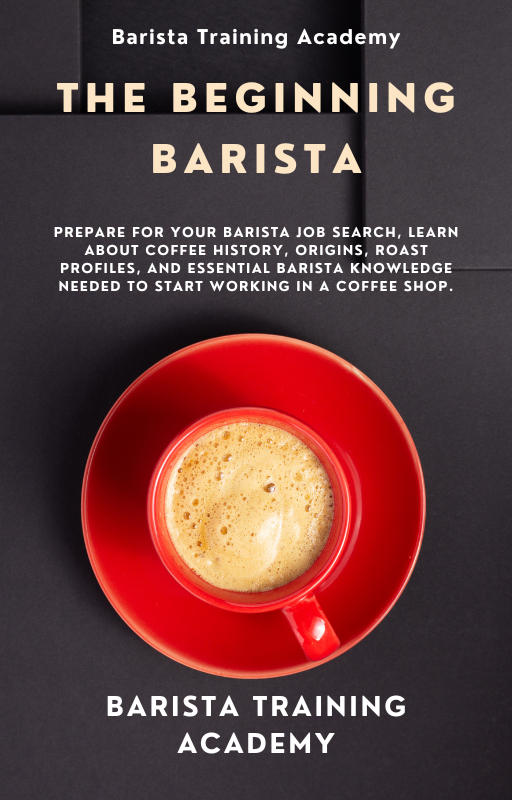Dialing In Espresso – Barista Training Online
Barista training online pretty much focuses on serving a great cup of delicious coffee. The secret to the perfect cup of coffee often lies in the ability of a barista to dial in espresso. Of course, there are several variables in a good coffee formula: coffee beans, roasting type, grinder, espresso machine settings, etc. But the ability to juggle them all is what makes a great and skillful barista.
Coffee Age vs. Coffee Grounds
Dialing in your espresso to get the most out of your coffee will play an important part in serving the best coffee.
Unfortunately, as a barista, you don’t always determine what type of coffee beans you will get to work with. You will need to figure out at least how long ago the coffee was roasted. (We'll be discussing just why you need this critical piece of information next.)
If the coffee is recently roasted, your coffee dose can be reduced slightly to get the desired espresso shot. So, instead of the common 18 grams, you might want to use 16-17 grams.
As coffee ages, it loses gas or de-gasses. The solids inside the coffee bean break down, and it gets staler. This means you need to use slightly more coffee to compensate for the loss of quality like aroma, acidity, bioactive compounds, etc.
In the table below, you will find our recommendation for a coffee dose size depending on the coffee age.
| First Week | 16 to 17 grams |
| Second Week | 17 to 18 grams |
| Third Week | 18 to 19 grams |
| Fourth Week | 19 plus grams |
Every time you dial in your coffee, it’s important for you to use your scale to ensure the coffee dose's proper weight before tamping.

Tweaking the Formula
Although often accurate, the figures in the table above are just estimates. In any case, you always have to taste the espresso you make.
Determining the size of a ground coffee dose is less science and more art. As you are playing with your formula and changing the amount of coffee, see how it pulls on your machine.
You will need to consider how the hot water flows through your coffee grounds and at what speed. These are fundamental indicators that allow you to see whether you need to change any variables.
The hot water flow should be steady and even throughout the extraction time.
If the ground coffee is too fine, the water will run slowly and result in over-extraction or too bitter concentrated coffee. And if the coffee is too coarse, the water will rush through the coffee resulting in an under-extracted watery espresso shot.
1. Size of grounds |
|
| Too fine = | too slow extraction |
| Too coarse = | too fast extraction |
The amount of coffee you use will also change the water flow. If you use too much coffee, it will be hard for the hot water to get through the grounds, and you will see a very weak water stream, again, resulting in over-extraction and bitterness. Too little coffee grounds will allow water to run too quickly and result in under-extracted coffee.
2. Dose of ground coffee |
|
| Too little = | too fast extraction |
| Too much = | too slow extraction |
Dialing in your espresso means finding the right balance. A balanced espresso shot is neither too bitter nor too washed out. You need to know what you want from your coffee and how it tastes the best. Every time you dial in, you need to aim for the best taste your coffee can give you.

Tamping and Water Flow
You typically want to see the first coffee drips in 6-9 seconds after activated a hot water button or valve (depending on what kind of espresso machine you use). Anything before or beyond that should make you question the size of the grind.
Return to your grind, focusing on the amount and size. Change only one variable at a time. And pull a shot again.
Additionally, you might need to look at your tamping technique. Maybe today you are tamping too hard or uneven? Your tamping technique impacts the water flow – and the quality of the final shot.
If you are tamping too hard, the water will have a hard time running through hard compressed coffee grounds: the result – a bitter shot. If you tamp too weakly, you will leave too many air bubbles in the coffee, and the water flow will be bubbly. Consequently, your coffee won’t have consistency and will be rather washed out. If you tamp unevenly – hard on one side and weak on the other – you will again have an inconsistent shot.
3. Tamping technique |
|
| Too weak = | too fast extraction |
| Too hard = | too slow extraction |
Working with your coffee to offer the best possible coffee beverage is important for you as a professional – and too your customers too. With a little practice, you should learn how to make the best of the coffee you are working with. Your consistency will be the key to your professional success as a barista.

Brought to you by Barista Training Academy, “The Beginning Barista,” Your Ultimate Prep Guide to Getting Your First Job as a Barista” is an ultimate resource that is available online. It is affordable for anybody who is looking to start a career in the coffee industry. For more information, visit our blog.
